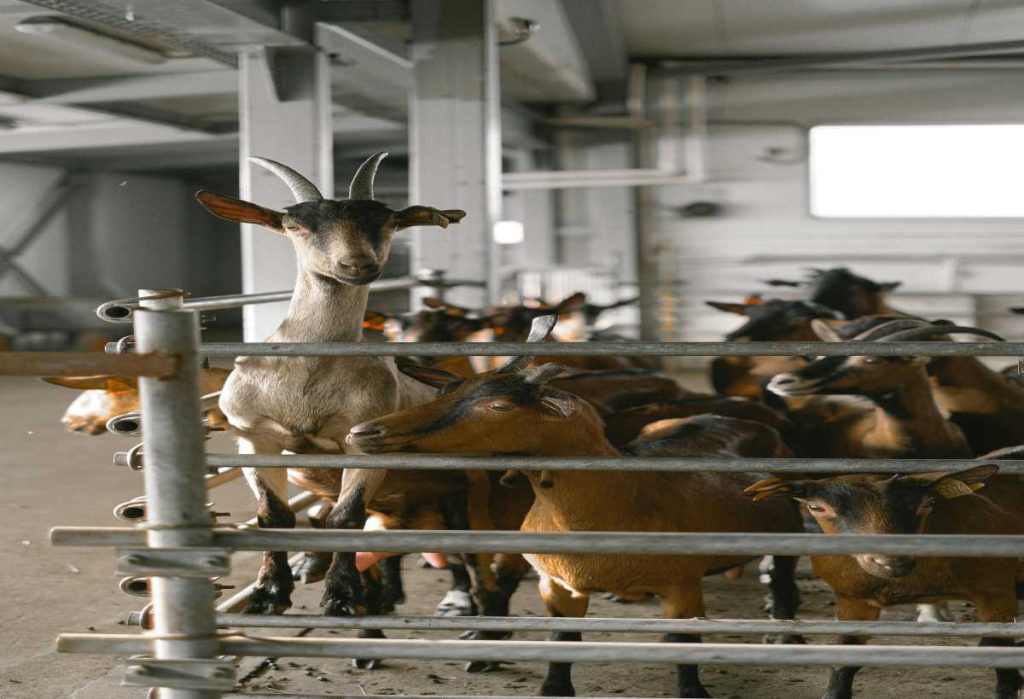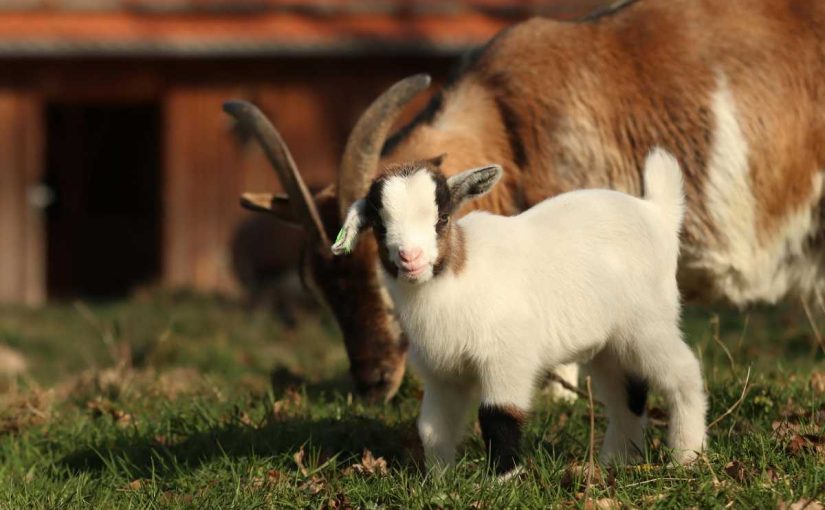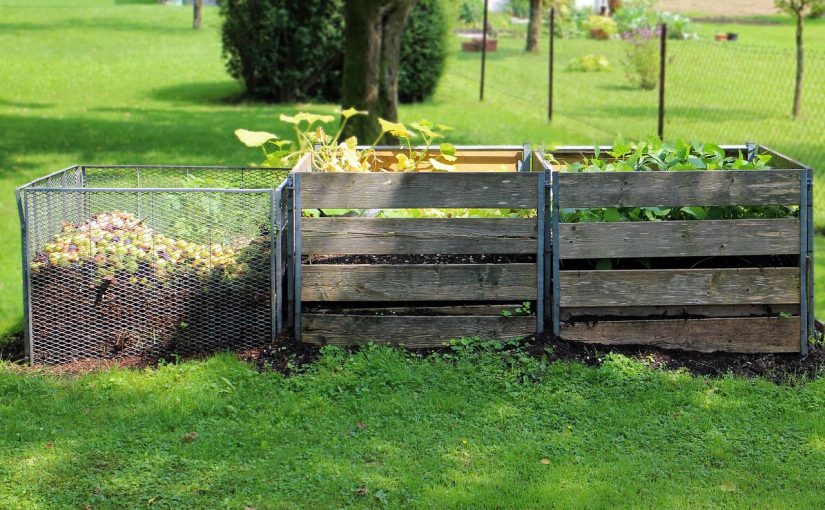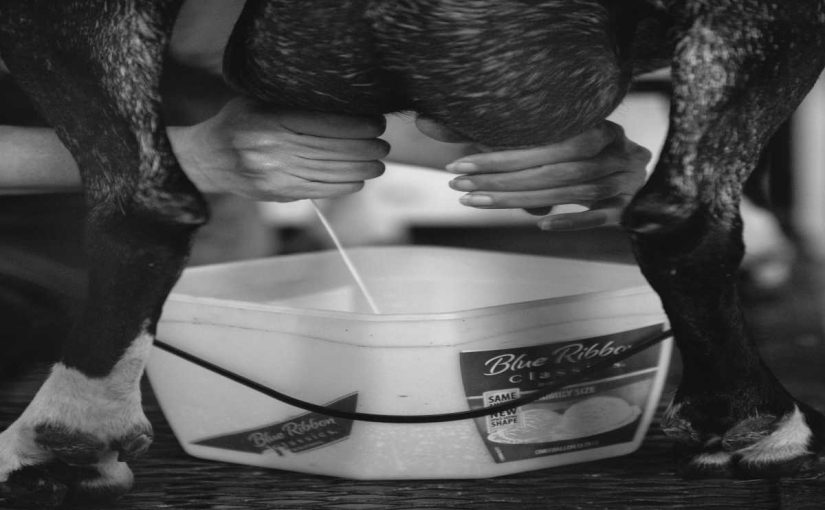Goats are hardy, adaptable animals, but they still need a well-designed shelter to stay safe from the elements, predators, and extreme temperatures. A solid, weatherproof goat shelter doesn’t have to be complicated or expensive—you can build a functional and comfortable shelter with a few materials and some planning. In this guide, we’ll cover the 8 steps to build a practical goat shelter, whether you’re just starting with goats or looking to upgrade your current setup.
Step 1: Plan the Location of the Shelter
Selecting the right location for your goat shelter is crucial. It needs to be on slightly elevated ground to avoid water pooling and should provide some protection from prevailing winds. Consider positioning the shelter near a water source and within your goats’ grazing area, so it’s accessible and convenient.
Key Tips:
- Place it away from low-lying areas to prevent flooding.
- Aim for a location that provides both sunlight and shade.
- Ensure that the location is protected from strong winds, as goats are sensitive to drafts.
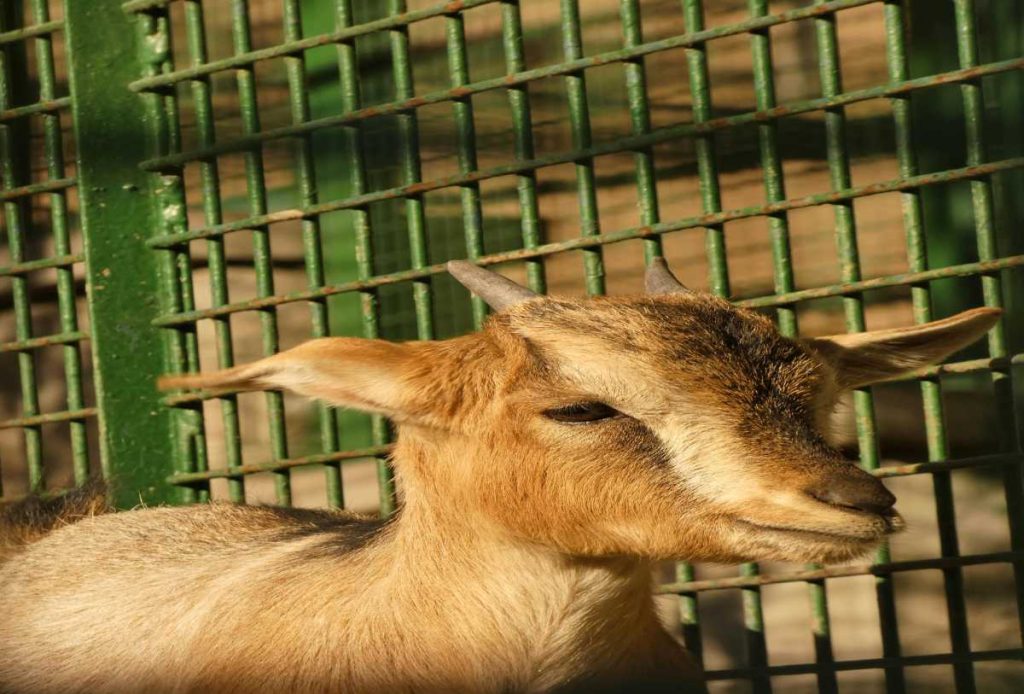
Step 2: Choose the Right Size
Your shelter should be spacious enough for all your goats to be comfortable. On average, each adult goat needs about 10–15 square feet of indoor space, though more space is always better.
Key Tips:
- If you have a growing herd, consider building a slightly larger shelter to accommodate new additions.
- Leave extra space for kids, as baby goats will need a place to stay close to their mothers.
Step 3: Gather Materials
The materials you use will depend on your budget and climate. Common materials for goat shelters include wooden pallets, corrugated metal sheets, treated lumber, and heavy-duty tarps. For a simple shelter, you might only need pallets, metal roofing, and nails.
Recommended Materials:
- Wooden pallets or treated lumber (for walls)
- Metal or plastic roofing sheets (for the roof)
- Waterproof tarps (for temporary shelters)
- Screws, nails, or zip ties (for fastening)
- Optional: wire mesh to reinforce the structure and prevent predators from entering.
Step 4: Build the Floor (Optional)
While not essential, a raised floor helps keep the shelter dry by preventing water from pooling inside. You can create a simple floor using treated wood pallets covered with plywood or rubber mats for easy cleaning.
Key Tips:
- Use treated wood for the floor to avoid moisture damage.
- Consider installing drainage channels if you live in a rainy climate.
Step 5: Construct the Walls
To build the walls, start by securing four wooden pallets or treated lumber pieces in a rectangular shape. Use nails or screws to connect the walls and ensure stability. Depending on your climate, you may want to leave gaps for ventilation, or fully enclose the walls for a draft-free shelter.
Key Tips:
- Use pallets for a cost-effective and sturdy option.
- Leave a small ventilation gap near the top of the walls for airflow.
- Consider adding wire mesh to keep out predators if your goats sleep in the shelter at night.
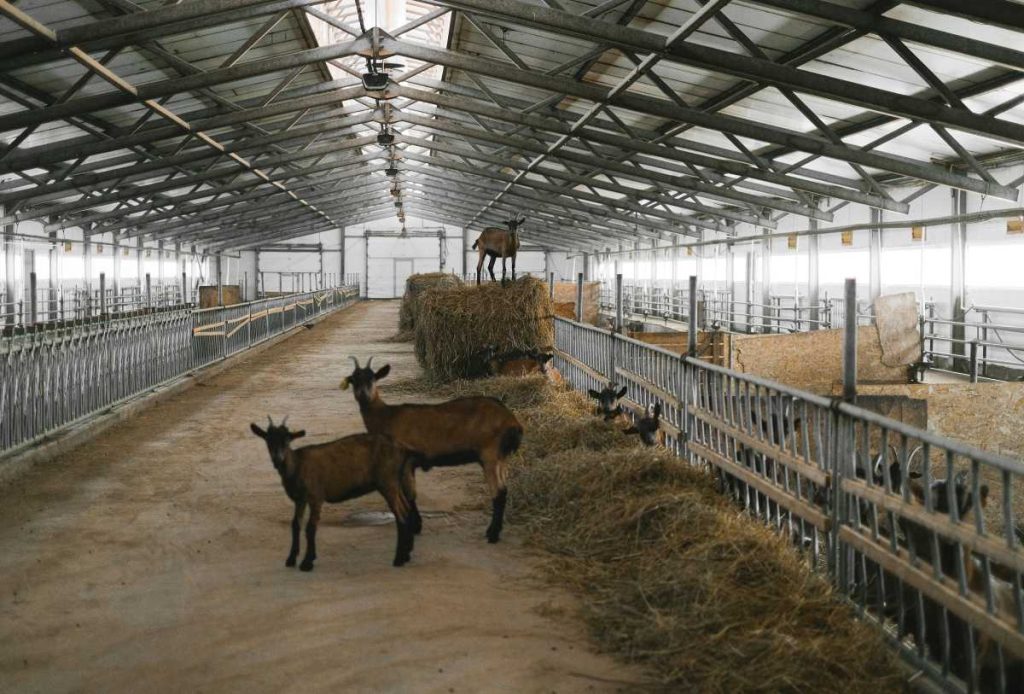
Step 6: Install a Sloped Roof
Goats need a roof that shields them from rain, snow, and excessive sunlight. A sloped roof allows water to run off and prevents leaks. Metal or plastic sheets make excellent roofing material as they are durable and easy to clean.
Key Tips:
- Ensure the roof is sloped to allow rainwater to drain off.
- Extend the roof a few inches over the walls to prevent water from entering.
- Secure the roof tightly with screws to withstand windy weather.
Step 7: Add Bedding and Insulation
Proper bedding and insulation help keep your goats warm and comfortable. Straw, pine shavings, or hay work well as bedding materials, providing warmth and cushioning. In colder climates, consider adding an extra layer of insulation to the walls and roof.
Recommended Bedding Materials:
- Straw (easy to replace and compost)
- Pine shavings (absorbent and affordable)
- Rubber mats (for a washable base layer)
Key Tips:
- Replace bedding regularly to maintain cleanliness.
- In colder months, increase bedding depth to provide more warmth.
- Avoid using materials that retain too much moisture, as this can lead to respiratory issues.
Step 8: Add Doors and Finishing Touches
Finally, add a door or secure entry point to keep your goats safe at night. If you live in an area with predators, consider installing a sturdy latch. Adding finishing touches, like a feeding area and built-in water buckets, can make your shelter even more functional.
Key Tips:
- Ensure the door is large enough for easy access.
- Use a simple latch or bolt to secure the door.
- Consider painting or sealing the wood to make it more weather-resistant.
Conclusion
Building a goat shelter doesn’t have to be expensive or complicated. By following these eight steps, you’ll create a sturdy, weatherproof shelter that keeps your goats comfortable, healthy, and safe from the elements. Remember, a good goat shelter is one that meets your goats’ needs while being practical and easy to maintain. With a little planning and effort, you’ll be well on your way to providing a safe haven for your herd!

